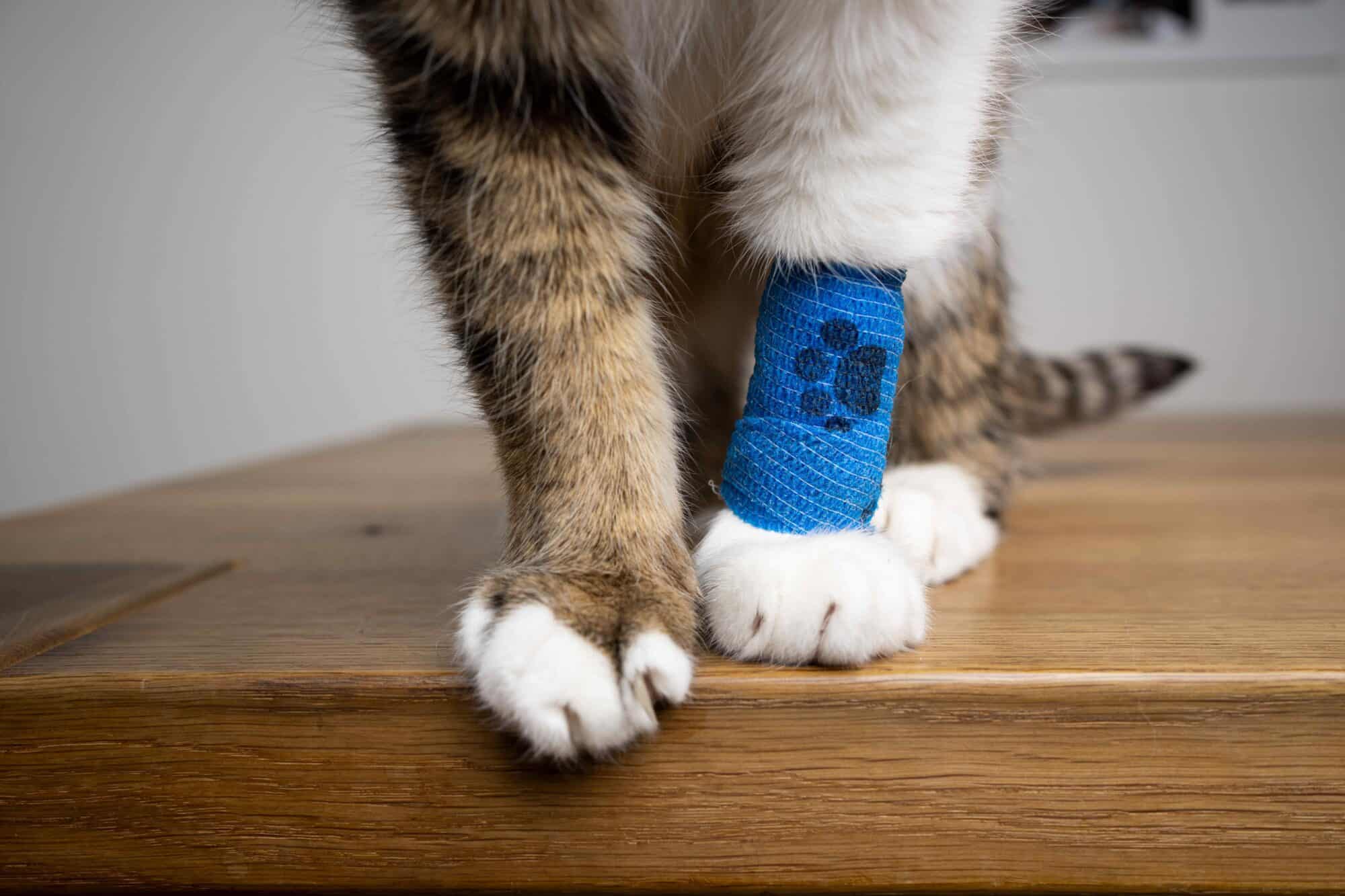The Benefits of Pet Insurance: Protecting Your Pet and Your Wallet

Our pets are important members of our families, and advancements in veterinary medicine have meant more years of unconditional love and cuddles from our furry friends. But these advancements come at a cost, and this is where pet health insurance can help.
Pet insurance coverage can curtail the costs of veterinary bills, particularly for pets needing treatment for serious illnesses or injuries. At Rocklin Ranch Veterinary Hospital, we’re pleased to offer our pet families flexible payment options, including Direct Pay through Trupanion pet insurance.
With total lifetime costs of pet care (based on 15-year lifespans) ranging from $15,000-$45,000 for cats and $20,000-$55,000 for dogs, we thought we’d help shed some light on pet insurance benefits.
Pet Insurance Benefits
In addition to providing you with peace of mind if your pet ever needs extensive medical treatment, pet insurance policy coverage offers the following advantages:
You choose your veterinarian. Unlike human health insurance, there are no “in-network” restrictions for pet insurance coverage. You visit your veterinarian of choice, pay for the services, and then submit your bills to your pet insurance provider for reimbursement.
Insured pets tend to get faster, better care. Statistically, insured pets receive earlier intervention when symptoms arise, receive the highest level of emergency treatment when needed, and receive the most advanced medical care for their conditions, primarily because of reduced budgetary concerns.
Senior pets can be insured. While most pet insurance policies exclude pre-existing conditions, you can still insure any pet — even a senior pet. The cost of your pet insurance coverage is driven in part by your pet’s age and risk factors for certain medical conditions, so premiums are typically lower if you purchase a pet insurance policy while your pet is young.
Shopping for Pet Health Insurance
Pet insurance policies are practically as individual as the pets themselves, with a wide range of options for different budgets and expectations of medical needs. Here are some things to keep in mind when comparing pet insurance plans:
- Most pet insurance policies require that you pay the veterinary bill up front and then submit a claim to your pet insurance provider.
- Pet insurance providers design coverage for unexpected emergencies and serious illnesses, such as cancer, hospitalization, and broken bones — not routine preventive care.
- Some plans do offer add-on coverage for other veterinary expenses, including microchipping, alternative therapies, dental care, and prescription food coverage.
- Look for online side-by-side pet insurance comparison tools to help you choose from an array of pet insurance policies. Consumers Advocate, ASPCA, and Forbes are useful resources.
We’re Here To Help
Weighing pet insurance costs and benefits with veterinary expenses can seem overwhelming for new pet owners. We’re happy to make recommendations that meet the needs of your pet and budget. Please give us a call if you’d like to discuss pet health insurance or to schedule your pet’s next visit.

